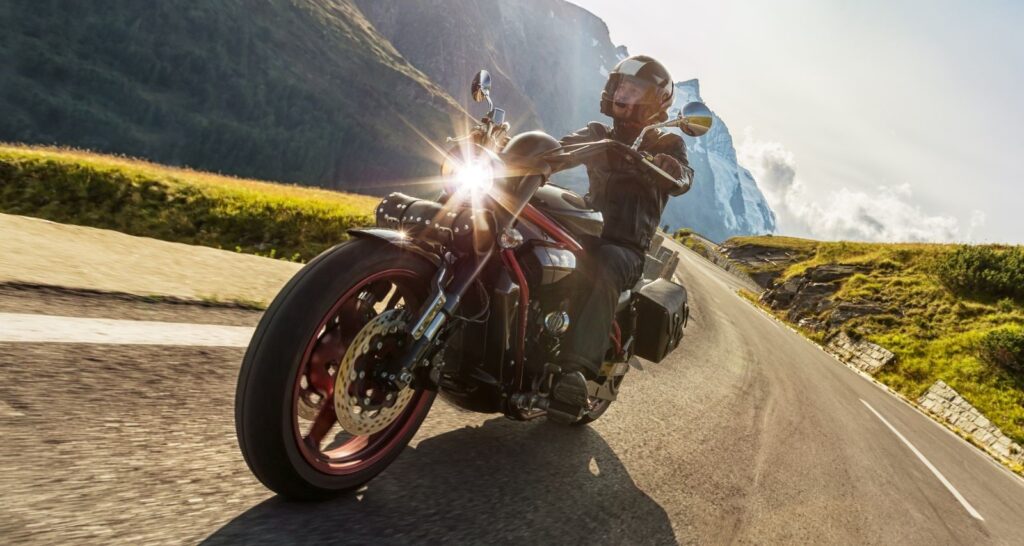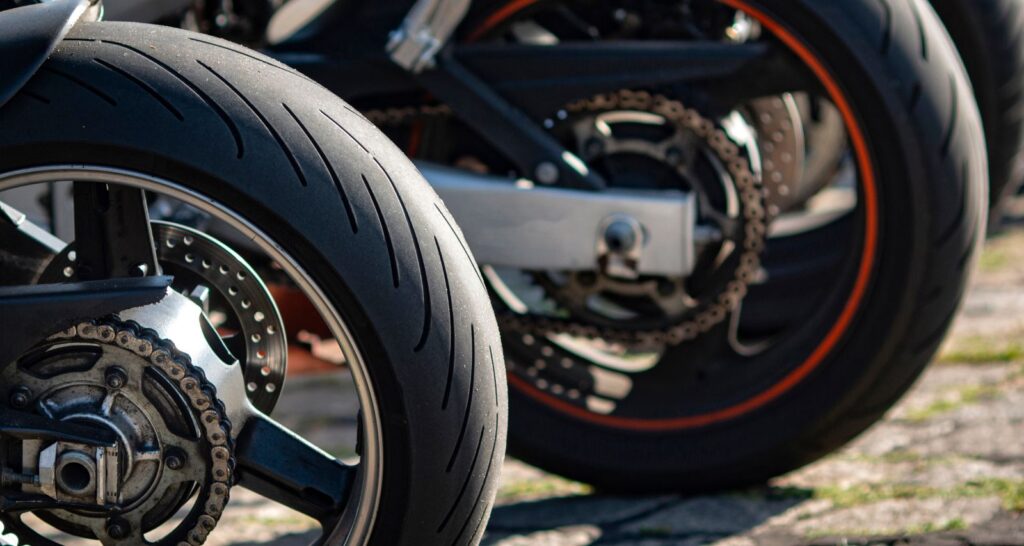Feeling overwhelmed by the thought of shipping your motorcycle long distances? Preparing your bike for transport doesn’t have to be stressful. With thorough preparation and the right shipping partner, the process can be smooth and efficient.
At AA Motorcycle Shipping, we specialize in ensuring your motorcycle arrives safely and on time, whether it’s a cross-country trip or an international journey.
We aim to cover everything you need to know to prepare your motorcycle for long-distance transport, making your experience as seamless as possible.
Why Proper Preparation is Critical for Long-Distance Motorcycle Transport
Preparing your motorcycle for transport isn’t just about getting it to the shipping company on time; it’s about protecting your investment and ensuring it arrives in the same condition it left. Whether you’re shipping locally or internationally, proper preparation helps avoid damage, delays, and other potential headaches that could arise during the journey.
The Risks of Inadequate Preparation
If you skip essential steps in preparing your motorcycle, you run the risk of encountering various issues, including:
- Mechanical Issues: A bike that hasn’t been properly maintained could experience mechanical failure during shipping.
- Exterior Damage: Loose parts like mirrors or saddlebags can easily be damaged or broken if not secured or removed.
- Delays and Compliance Issues: Failing to meet shipping regulations, such as draining the fuel tank, could result in delays or extra charges.
Step-by-Step Guide to Preparing Your Motorcycle for Transport

Here’s a detailed, step-by-step process to ensure your motorcycle is in top shape and ready for its journey.
Step 1: Clean Your Motorcycle
Before you do anything else, make sure your motorcycle is thoroughly cleaned. Dirt and grime can hide scratches, dents, or other damage, which you’ll need to document before shipping.
How to Clean Your Bike:
- Use mild soap and water to clean all exterior surfaces, paying special attention to the body, tires, and rims.
- Dry the bike completely with a soft cloth to avoid water spots.
- Polish the chrome parts for extra protection during transit.
Step 2: Perform a Detailed Inspection
Once your motorcycle is clean, it’s time to conduct a thorough inspection. This is a critical step to ensure that any existing damage is documented before shipping. Take photos from multiple angles and write down any noticeable scratches, dents, or mechanical issues.
Inspection Checklist:
- Inspect all visible parts for dents, scratches, or chips in the paint.
- Check the tires for wear and ensure they are inflated to the correct pressure.
- Look for any signs of oil or fluid leaks.
Step 3: Basic Maintenance Before Transport
Performing basic maintenance before shipping can prevent problems during transit. Here’s a checklist to follow:
- Tire Pressure: Ensure your tires are inflated to the proper pressure.
- Fluids: Check and top off the oil, brake fluid, and coolant, but avoid overfilling.
- Battery: Ensure the battery is charged and functioning correctly.
- Leaks: Fix any oil or fluid leaks before transport to avoid complications during shipping.
Step 4: Secure Loose Parts and Remove Accessories
Loose parts and accessories can easily be damaged during transport, so it’s best to remove or secure them before shipping. Here’s what you should do:
- Remove Detachable Parts: Items like mirrors, saddlebags, and windshields should be removed and packed separately.
- Secure Other Loose Parts: Ensure that parts like handlebars and footrests are secure and won’t move during transit.
Step 5: Drain Fuel and Disconnect the Battery
For safety reasons, most shipping companies require that you drain your motorcycle’s fuel tank before transport. Having a full tank increases the risk of fire or leaks during transit. You should also disconnect the battery to prevent electrical issues.
How to Drain Fuel and Disconnect the Battery:
- Drain the tank until it’s about a quarter full or less.
- Disconnect the battery cables and secure the battery in place to prevent movement during transit.
Step 6: Ensure Proper Documentation
Having the right paperwork is essential for a smooth shipping process, especially if you’re shipping internationally. Make sure you have the following documents ready:
- Registration: Keep a copy of your motorcycle’s registration on hand.
- Proof of Insurance: Your insurance documents will be needed in case of damage or loss.
- Title: The title of the motorcycle may be required for verification.
- International Shipments: If shipping overseas, be prepared with customs declarations and other necessary paperwork.
Choosing the Right Shipping Option for Your Motorcycle
There are several shipping options available depending on your needs and budget. Understanding these options can help you choose the best one for your situation.
Open Transport vs. Enclosed Transport
- Open Transport: In this option, your motorcycle is loaded onto an open trailer and exposed to the elements. It’s typically the most affordable option but comes with higher risks of weather-related damage.
- Enclosed Transport: Your bike is shipped in an enclosed trailer, protecting it from the weather and other road hazards. This is the safest option, especially for long distances or high-value motorcycles, but it comes at a higher cost.
Crating Your Motorcycle for Extra Protection
For long-distance or international shipping, crating is one of the most secure options. Crating involves placing your motorcycle in a protective wooden or metal frame, ensuring it doesn’t shift during transport.
Crating Benefits:
- Protects against potential damage from bumps or rough handling.
- Provides an extra layer of security during international shipments.
- Ideal for high-value or vintage motorcycles.
Additional Tips for Long-Distance Motorcycle Shipping
To further ensure a smooth transport experience, consider these additional tips:
Plan Ahead
Shipping a motorcycle is not something to leave until the last minute. Plan your transport well in advance, especially if you’re shipping internationally or during peak seasons.
Things to Consider:
- Timing: Give yourself at least a few weeks to schedule your shipment.
- Pick-Up and Delivery: Arrange for someone to be available at both the pick-up and delivery locations to receive the motorcycle.
Communicate with Your Shipping Company
Clear communication with your shipping company is key to avoiding issues during the transport process. Make sure you ask about the following:
- Insurance Coverage: Does the shipping company’s insurance cover any potential damage to your motorcycle?
- Tracking: Will you be able to track your bike during its journey?
- Delivery Timeline: What’s the estimated delivery date, and are there any potential delays?
After Delivery Inspection
Once your motorcycle arrives at its destination, it’s important to inspect it right away for any damage. Compare the condition of the bike with the photos you took before shipping.
What to Look For:
- Any new scratches, dents, or signs of damage.
- Check for missing or loose parts.
- Ensure the motorcycle starts and runs properly.
If you notice any damage, report it to the shipping company immediately and file a claim if necessary.
Conclusion
Shipping your motorcycle doesn’t have to be a stressful experience. By following this comprehensive guide and preparing your bike properly, you can avoid many common pitfalls and ensure your motorcycle arrives safely and on time. At AA Motorcycle Shipping, we take pride in offering reliable and professional services, ensuring your bike is in safe hands from start to finish.
Contact us today to learn more about our shipping options and how we can help with your next long-distance motorcycle transport.




